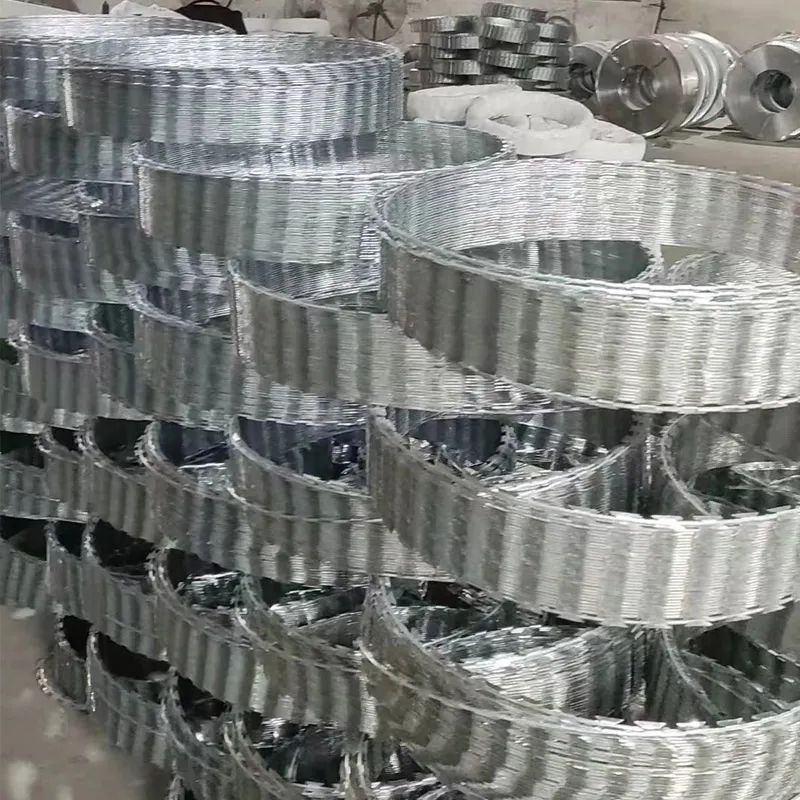nov . 10, 2024 11:08 Back to list
Different Types of Roofing Nails and Their Uses Explained
Types of Roofing Nails A Comprehensive Guide
When it comes to roofing, the importance of selecting the right materials cannot be overstated. Among these materials, roofing nails play a crucial role in ensuring a secure and durable roof. Understanding the different types of roofing nails available can help homeowners and roofing professionals alike make informed decisions that enhance both the longevity and performance of their roofing projects.
1. Common Roofing Nails
Common roofing nails are one of the most widely used types. They typically feature a large flat head and are made from galvanized steel to prevent rust and corrosion. The size of these nails can vary, but a length of 1-3 inches is common, depending on the thickness of the roofing material. Commonly used in asphalt shingles, they help hold the shingles securely in place against adverse weather conditions.
2. Capped Roofing Nails
Capped roofing nails are designed with a plastic or metal cap that covers the nail head. This cap not only provides extra holding power but also helps prevent water from seeping in through the roof. These nails are particularly useful for roofing materials that are more susceptible to leakage, like synthetic roofing products. The cap allows for a larger surface area, minimizing the potential for water damage.
3. Roofing Staples
While not technically nails, roofing staples are often used in conjunction with certain roofing materials, such as felt underlayment. These fasteners can hold down the underlayment before the shingles are applied. Their wide crown adds stability, and they can be particularly effective in areas that are windy. However, they may not provide as strong of a hold as traditional nails when it comes to securing shingles.
types of roofing nails

Plastic roofing nails are another option, particularly ideal for installations that require a lower chance of rusting. Made from durable plastic, these nails are often used in conjunction with synthetic roofing products. Their resistance to corrosion makes them a preferred choice in areas with high humidity or corrosive environments.
5. Decking Nails
For those installing plywood or OSB (oriented strand board) under the shingles, decking nails can be a suitable option. These nails are typically longer and thicker than standard roofing nails and provide extra strength for securing the underlayment. While they are used primarily for securing the deck, they can also serve as a base for your shingles.
6. Roofing Nail Guns
In modern roofing applications, many professionals use pneumatic roofing nail guns for faster and more efficient installation. These guns can accommodate various types of roofing nails, including coil or strip nails, which allow for increased speed in nailing down shingles. Using a nail gun can significantly reduce labor time while ensuring a consistent and secure application.
Conclusion
Choosing the right type of roofing nail can significantly impact the performance and lifespan of a roofing system. Common roofing nails, capped nails, roofing staples, plastic nails, and decking nails each serve specific purposes that address various roofing needs. For best results, it’s important to consider the specific roofing material being used, the climate conditions in the area, and the installation method. Whether you are a homeowner tackling a DIY roofing project or a professional roofer, understanding these types of roofing nails can help you make choices that ensure a reliable and lasting roof. Remember, the right fasteners are as essential as the roofing material itself in achieving a sturdy and waterproof roof.
-
The Power of Iron Wire: A Versatile Solution for Multiple Applications
NewsJun.19,2025
-
Reliable Hydraulic Fittings for Optimal Performance
NewsJun.19,2025
-
Quality Roofing Nails for Every Project
NewsJun.19,2025
-
Hexagonal Wire Mesh: Versatile and Durable Solutions for Every Project
NewsJun.19,2025
-
Enhancing Security with Barbed Wire Solutions
NewsJun.19,2025
-
Binding Wire: The Essential Material for a Variety of Applications
NewsJun.19,2025









